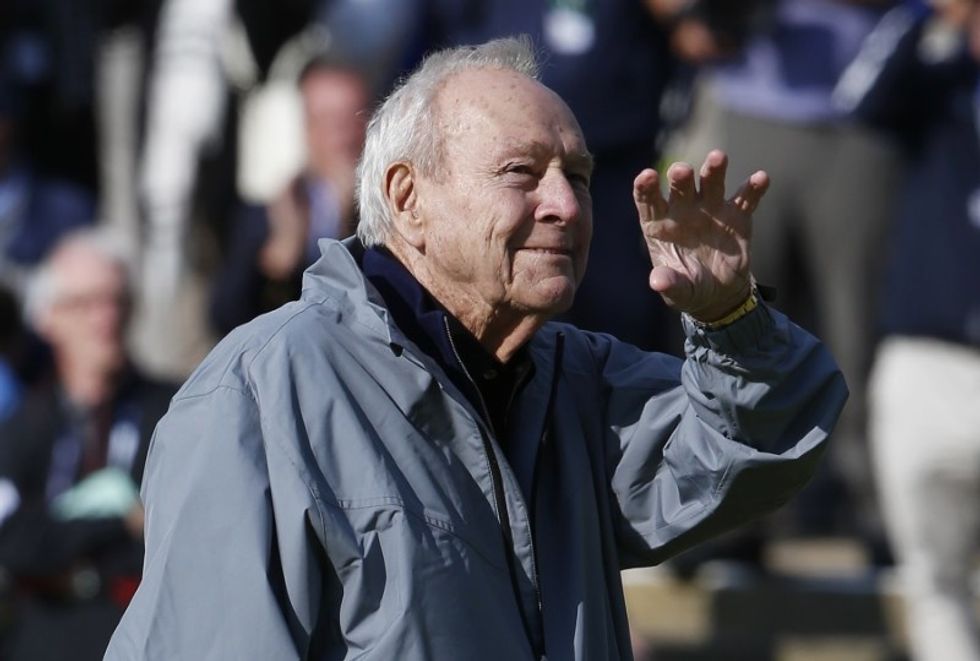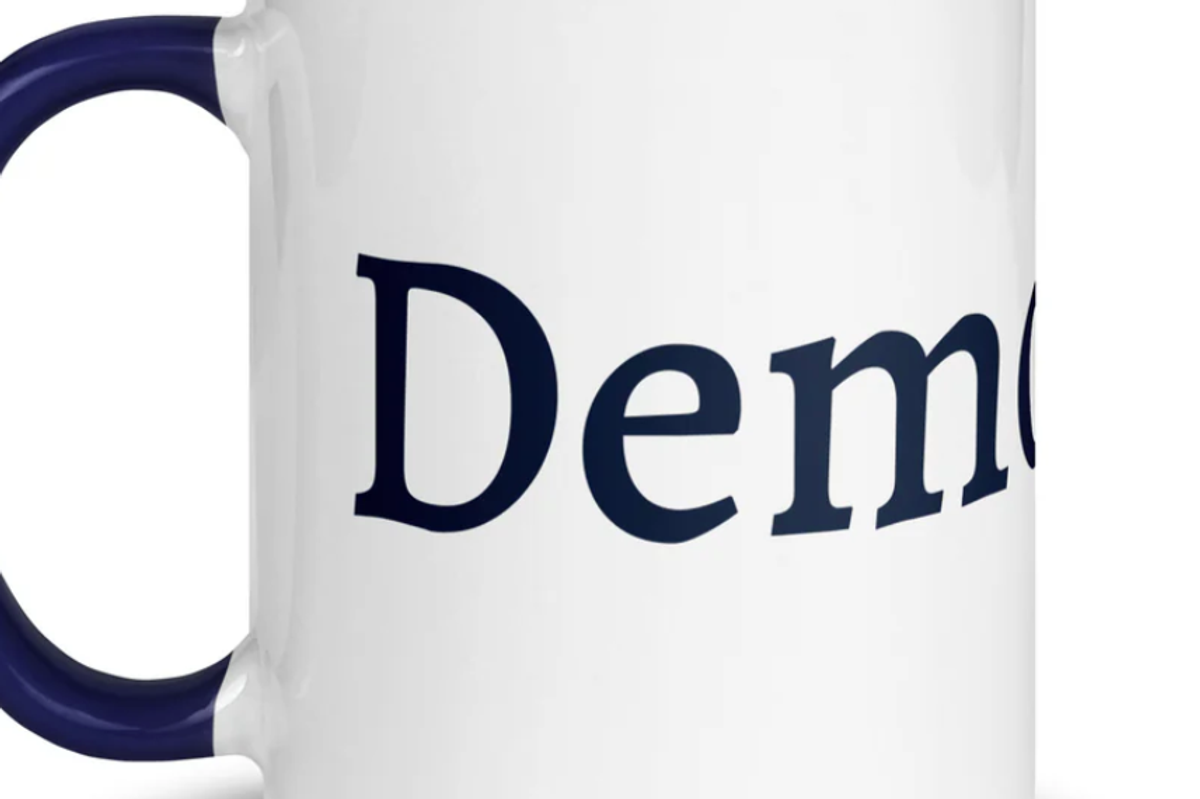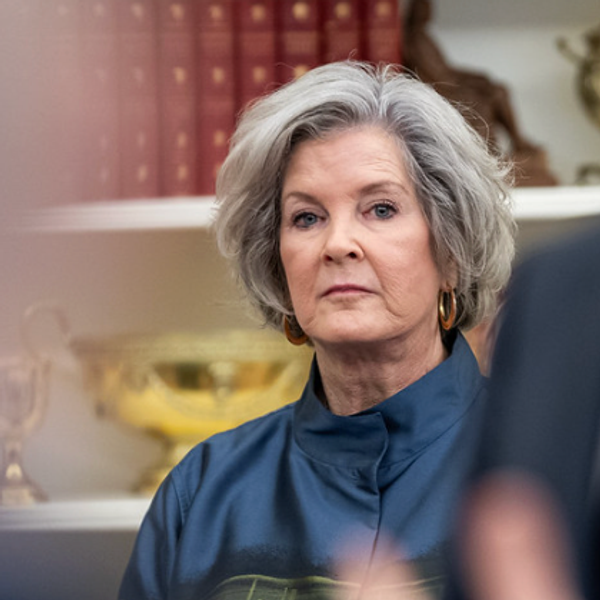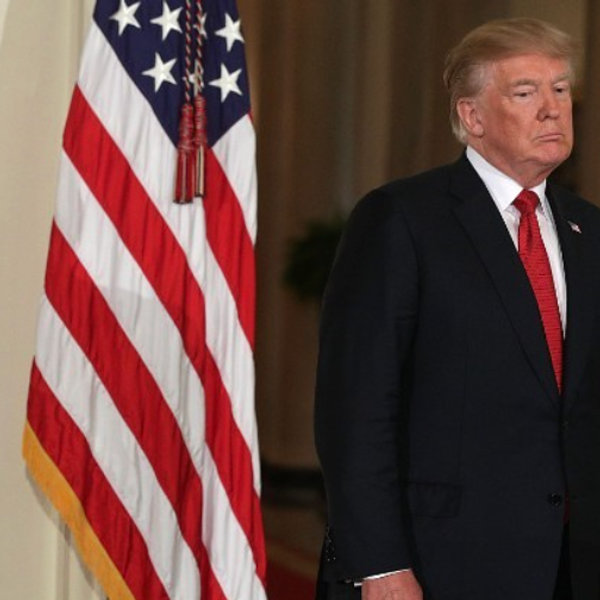
- By Eric Beech and Mark Lamport-Stokes(Reuters) – Arnold Palmer, one of golf's greatest players whose immense popularity drew a legion of fans known as 'Arnie's Army' and helped propel the game as television was coming of age, died on Sunday at the age 87 due to heart complications, his agent said.Palmer, a charismatic figure who was popularly known as 'The King' and accumulated 62 career victories on the PGA Tour including seven major championships, died at UPMC Hospital in Pittsburgh, near his hometown of Latrobe, Pennsylvania.“Today marks the passing of an era," Alastair Johnston, his long-time agent at International Management Group (IMG), said in a statement.“Arnold Palmer's influence, profile and achievements spread far beyond the game of golf. He was an iconic American who treated people with respect and warmth, and built a unique legacy through his ability to engage with fans."Fellow golfing great Jack Nicklaus, who with Palmer and Gary Player formed the fabled 'Big Three', said in a statement: “He was one of my best friends, closest friends, and he was for a long, long time. I will miss him greatly.“Arnold transcended the game of golf. He was more than a golfer or even great golfer. He was an icon. He was a legend. Arnold was someone who was a pioneer in his sport. He took the game from one level to a higher level, virtually by himself.“Along the way, he had millions of adoring fans … we were great competitors, who loved competing against each other, but we were always great friends along the way … he was the king of our sport and always will be."With his swashbuckling style, prodigious length off the tee, bold putting and affection for the galleries, Palmer had no peers as a fan favorite.He always went to great lengths to ensure that every person waiting in line ended up with a cherished autograph, an approach that even today's generation of players tries to live up to.Palmer developed his following at tournaments and on television with an affable demeanor, telegenic looks and modest background as the son of a greenskeeper. At his death, he ranks fifth on the PGA Tour's list of all-time tournament victories.“Thanks Arnold for your friendship, counsel and a lot of laughs," former world number one Tiger Woods, a 14-times major winner, tweeted late on Sunday.“Your philanthropy and humility are part of your legend. It's hard to imagine golf without you or anyone more important to the game than the King."Palmer's biggest win may have come in 1960, when he triumphed in the U.S. Open at Cherry Hills Country Club after trailing by seven shots in the final round before pulling off the greatest comeback in that tournament's history.He beat Nicklaus, a then 20-year-old amateur, by two shots, prefacing a rivalry between the two that lasted throughout the 1960s.Palmer was especially dominant from 1960 to 1963, winning 29 PGA Tour events. He was named Sports Illustrated magazine's “Sportsman of the Year" in 1960.Palmer had an unorthodox swing and go-for-broke style that added to his appeal among his loyal fans, who became known as “Arnie's Army" for the size of his following.“I enjoy the crowds, and I enjoyed playing to them. I suppose that was one thing that helped me as much as anything," Palmer told Golf.com in 2011.Palmer's extraordinary charisma, his success on the course and his ability to attract legions of fans helped boost television ratings for golf, making it a staple of weekend TV sports.In 1967, he became the first golfer to reach $1 million in career earnings. His last PGA Tour win came in 1973.He joined the Senior PGA Tour for players 50 and older in its inaugural season in 1980 and won 10 tournaments on that tour, including five majors, before retiring from tournament golf in 2006.A successful businessman, Palmer owned a golf course design firm and a golf resort in Orlando, Florida, and was considered a pioneer in sports marketing.He was an avid pilot who continued to fly until he was 81. He has a regional airport named after him in Pennsylvania.Palmer was also a noted philanthropist, founding the Arnold Palmer Hospital for Children in Orlando and a number of other charities.President George W. Bush awarded Palmer the Presidential Medal of Freedom, the United States' highest civilian honor, in 2004.Palmer was born on Sept. 10, 1929, in Latrobe, a small industrial town east of Pittsburgh. He was the son of a greenskeeper and later club pro at the Latrobe Country Club.Palmer started golfing at age 4 on clubs cut down to size by his father and began caddying at Latrobe as an 11-year-old. He purchased the country club in 1971.He attended Wake Forest University in North Carolina on a golf scholarship, but he left during his senior year after the death of a close friend in a car accident and enlisted in the Coast Guard.Palmer returned to competitive golf after his three-year enlistment and turned pro in 1954.He met his first wife, Winifred Walzer, at a golf tournament in Pennsylvania. They married in 1954 and had two daughters. She died in 1999. Palmer remarried in 2005 to Kathleen Gawthrop.(Reporting by Eric Beech in Washington and Mark Lamport-Stokes in Chaska, Minnesota; Additional reporting by Sharon Bernstein in Sacramento, Calif. and Mary Milliken in Los Angeles; Editing by Bill Trott, Peter Cooney and Frank Pingue)








